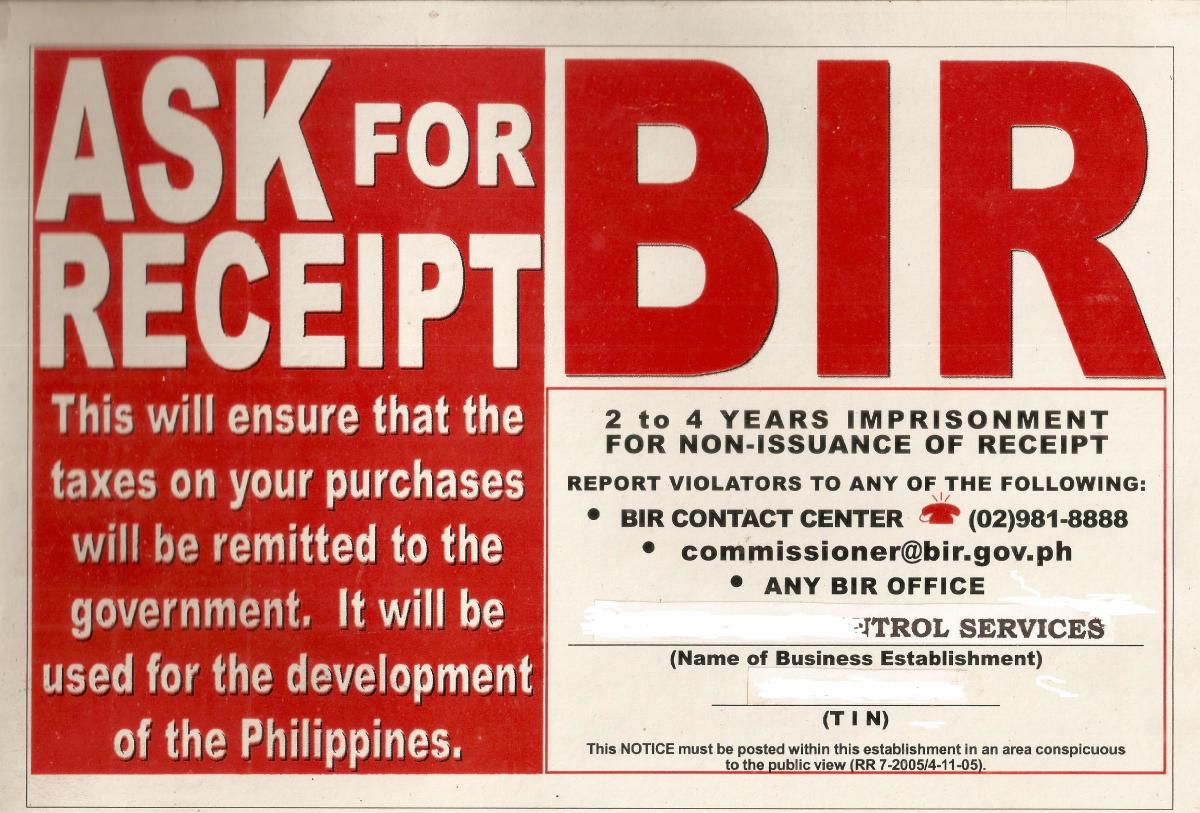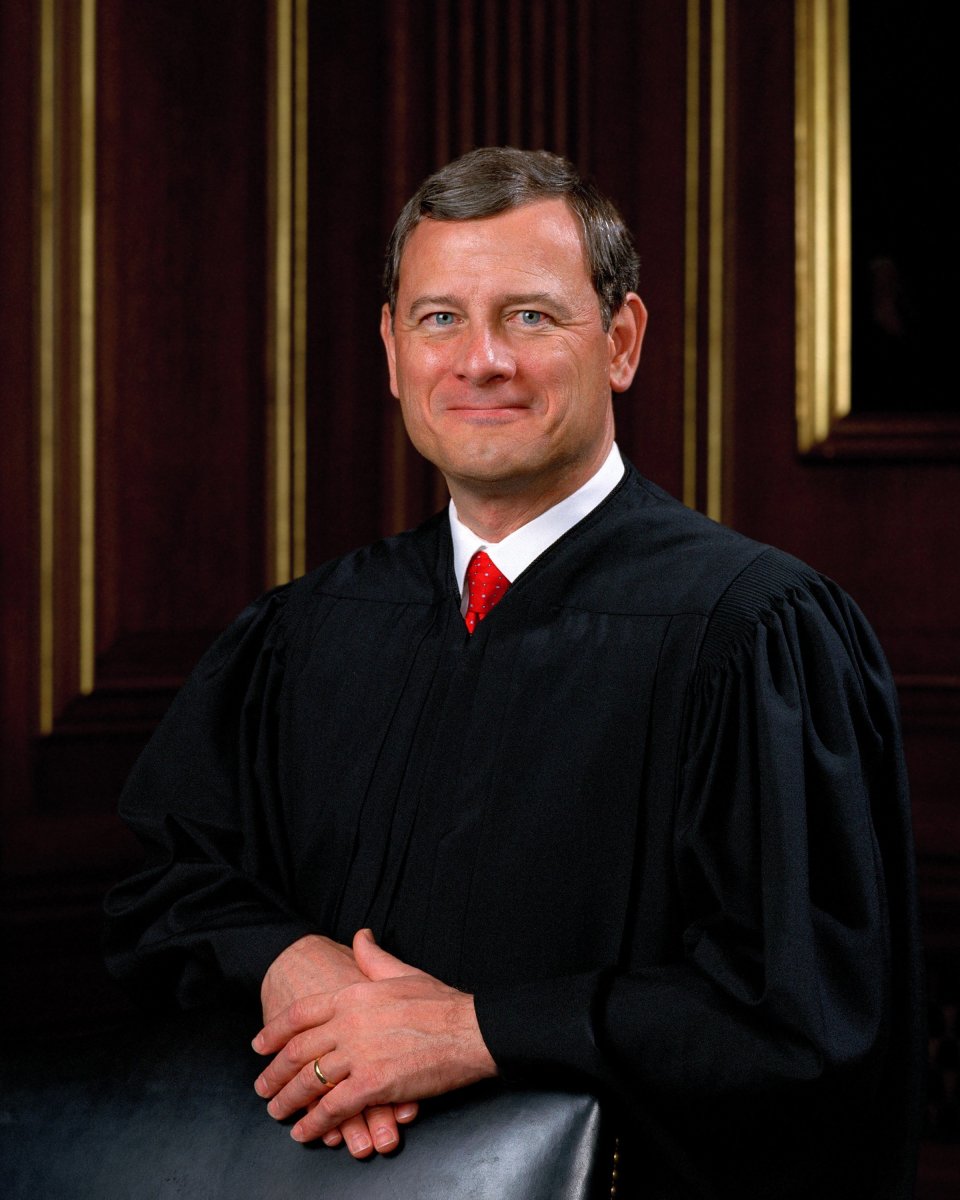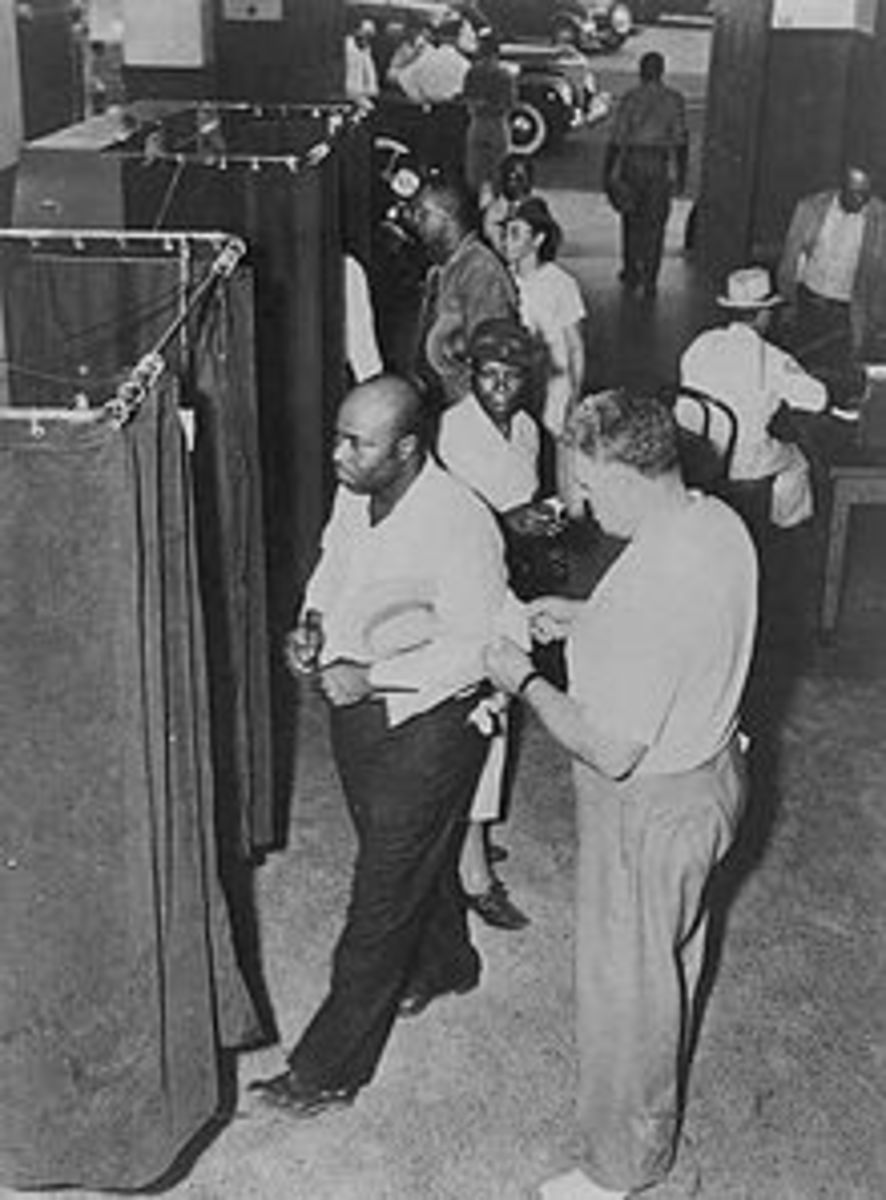The "Birth" of Business as Person
Southern Pacific vs Santa Clara County
Business as person was declared (sort of) in a United States Supreme Court decision called "Santa Clara County vs Southern Pacific Railroad." The county wished to tax the number of fence-posts along the right-of-way and the railroad(s) (there were actually three) objected on the grounds that such taxation violated the equal protection clause (fourteenth amendment) of the Constitution. Naturally, these arguments had been going on for some time in the lower courts before the Supreme Court took up the case.
Before oral arguments began Chief Justice Morrison R. Waite informed the court that; "The court does not wish to hear argument on the question whether the provision in the Fourteenth Amendment to the Constitution, which forbids a State to deny to any person within its jurisdiction the equal protection of the laws, applies to these corporations. We are all of the opinion that it does."
Chief Justice Morrison Waite
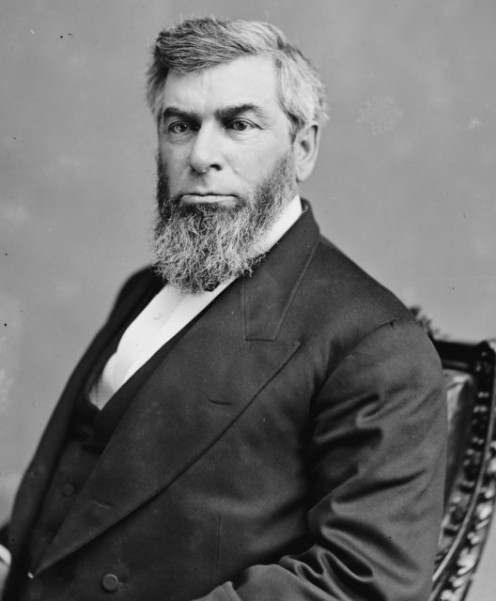
The Decision That Wasn't
The case then proceeded.
Interestingly, the Supreme Court ruled in favor of the railroads, but not on equal protection grounds. No, instead the Supreme Court determined that the state had the right to levy taxes, but not the county. It also ruled that state contracts did not specifically define fence-posts as a property subject to tax. In other words, the court decided that the county was trying to levy a tax with no rights to do so and that the state was trying to levy a tax on property that had not been clearly defined as property in its contract with the railroads.
In essence "Santa Clara County vs. Southern Pacific Railroad" the U.S. Supreme Court ruled that the state tax assessor, not the county assessor, had the right to determine the taxes.
Thus, the Supreme Court never actually ruled on the equal protection claims.
However, a headnote (the first ever) written by J.C. Bancroft Davis, a former railroad president turned court reporter*, began with: "The defendant Corporations are persons within the intent of the clause in section 1 of the Fourteen Amendment to the Constitution of the United States, which forbids a State to deny to any person within its jurisdiction the equal protection of the laws." This based on the statement by Chief Justice Wait before opening arguments.
* A court reporter is not a secretarial position. The Reporter's job is to summarize and clarify the court decision in plain language.
Bancroft Davis
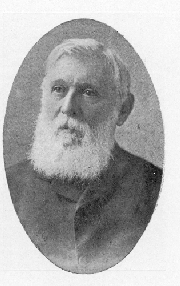
The Pirouette Away From a Real Decision
In fact the National Archives contain a hand-written note from Chief Justice Waite to court reporter Davis which says: "we avoided meeting the Constitutional question in the decision." And nowhere in the decision itself does the Court say corporations are persons or have fourteenth amendment protection.
Regardless, corporate attorneys began picking up on on the language of Davis's headnote and promptly started quoting it in other court cases.
Before long the Supreme Court itself began quoting Davis's headnote in subsequent cases thereby enforcing a decision that was never actually made and neatly avoiding having to actually face the issue of equal protection or taking on the task of re-writing the Constitution.
Text of Supreme Court Decision
- SANTA CLARA COUNTY V. SOUTHERN PACIFIC R. CO., 118 U. S. 394 (1886) -- US Supreme Court Cases from J
Santa Clara County v. Southern Pacific R. Co., 118 U. S. 394 (1886)



